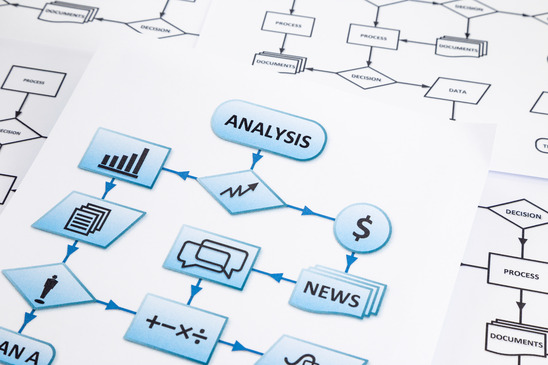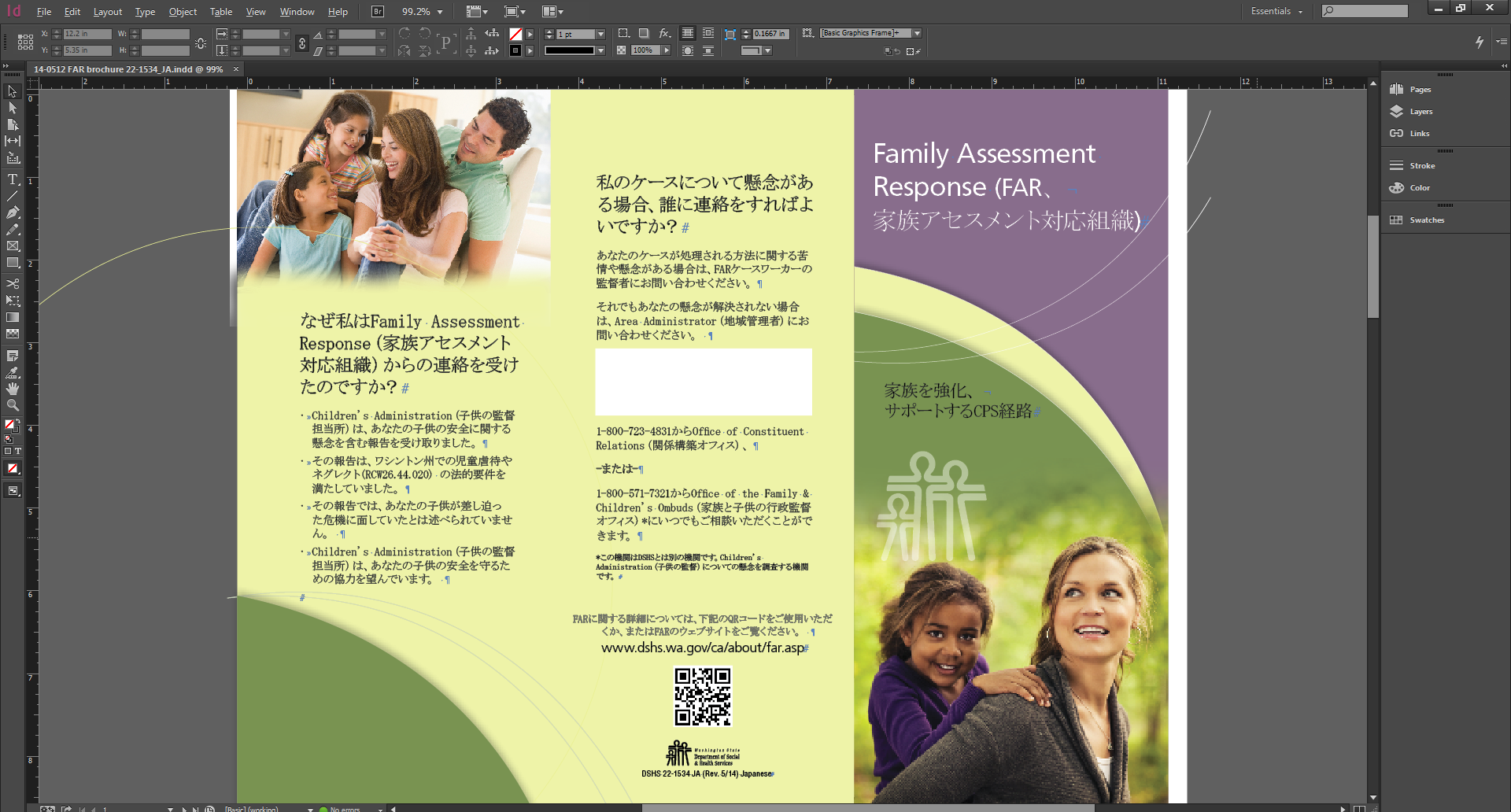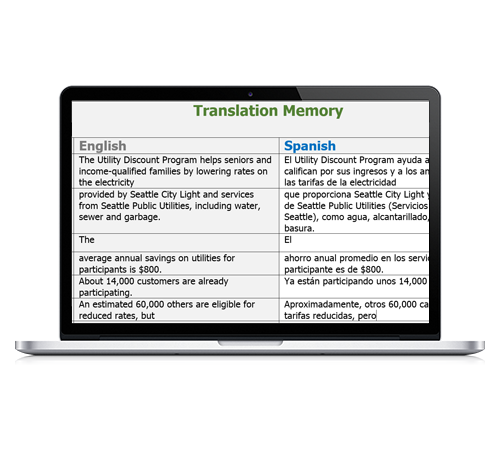12 Acronyms Every Buyer of Language Services Must Know
I think we can agree that every industry has its unique terminology, right?
Working in a particular industry, we may not even think twice about the language we use. It comes naturally to us.
But can our target audience understand us? To them, our industry jargon could very well be a foreign language.
For example, HubSpot published an excellent article on business and marketing acronyms & abbreviations. If you are a professional marketer, you may already be familiar with the terms they mention.
In this article, I will explain the acronyms that are specific to the language services industry. If you ever find yourself in a position of buying or using language services, these are the 12 acronyms every buyer of language services must know.
1. LSP: Language Service Provider
According to GALA, language service providers adapt products and services for consumption in multilingual markets.
An LSP can be a company or an individual. For example, NWI Global is an LSP specializing in various language services, and John Doe is a freelance translator specializing in French > English translation.
There’s a related acronym you may come across as well: LSC. LSC stands for Language Service Company. LSC strictly refers to companies providing language services.
2. TEP: Translation, Editing, and Proofreading
There are processes in every industry. The TEP process is essential in language translation.
Ideally, each step in this process should have an individual assigned to it. A translator would complete the translation. The editor would then edit the translator’s work, and the proofreader would proofread and offer feedback on the content.
Working with a professional TEP team will improve the overall content translation quality.
3. DTP: Desktop Publishing
This acronym is commonly referred to as multilingual DTP. Multilingual desktop publishing focuses on the processes of creating localized versions of the source documents.
Factors such as fonts, line spacing, typesetting, and formatting are all taken into account in multilingual DTP.
Typical DTP software applications include Adobe InDesign, Microsoft Publisher, and QuarkXPress.
4. CAT: Computer-assisted Translation
Not to be confused with a house pet of the same pronunciation, CAT tools are used by language service providers to support and facilitate the translation process.
CAT tools include:
- Spell & Grammar Checkers
- Terminology Managers & Databases
- Electronic Dictionaries
- Full-text Search Tools (Indexers)
- Project Management Software
- Translation Memory Tools
There are many CAT tools on the market, with SDL Trados and memoQ being two of the most popular ones.
Finally, in my opinion, these are the best tools for creating and managing multilingual content.
5. TM: Translation Memory
If you are looking for quality and consistency in your translated content, work with a language service provider that uses a TM system in their process.
A translation memory system is a database that stores segments. Segments can be sentences, paragraphs or other sentence-like units that have previously been translated. Once a segment is translated, it is stored in the TM database and can be reused in other contexts.
You could also save substantial costs working with a vendor that uses a TM since the translated segments can be leveraged for content created in the future. Your translation vendor should pass this discount onto you.
6. MT: Machine Translation
MT is a language translation carried out by a computer. In an enterprise environment, if you are looking to translate large volumes of text quickly, a professional MT vendor may be able to assist.
Computers are not perfect and are bound to produce errors. Please note that post-editing may be required by a human editor once you run your content through a machine translation tool.
Learn more about MT here and see if it’s right for you.
7. ASL: American Sign Language
Different countries and cultures have their own respective sign languages. ASL is the predominant sign language of Deaf communities in the U.S. and most of Canada.
You should be aware that accommodations may have to be provided for the Deaf and Hard of Hearing individuals. Such accommodations may be required by federal and state law.
8. OSI: On-Site Interpreting
On-site interpreting is any scenario where an interpreter is present in-person to help facilitate communication.
Some scenarios include patient/doctor interaction, business meetings, legal proceedings, public events and conferences. OSI can be done in both ASL and spoken languages.
You can work directly with individual interpreters or request interpreters through an LSP specializing in interpreter referral services. Here is more information on how to request an interpreter.
9. OPI: Over-the-Phone Interpreting
OPI, also known as telephone interpreting is a service that connects human interpreters via telephone to individuals who wish to speak to each other but do not share a common language.
When looking for an OPI provider, some of the things to consider are 24/7/365 capabilities and the ability to service the languages you need.
Here’s how telephone interpreting works in detail.
10. VRI: Video Remote Interpreting
Similar to OPI, video remote interpreting is a service that uses technology such as web cameras or videophones to provide ASL or spoken language interpreting services.
VRI is a great supplemental service to OSI and OPI, but could also be used by itself. VRI is used by many hospitals and medical service providers around the country.
11. ATA: American Translators Association
If you are looking for translations completed by certified translators, look for those certified by the ATA.
ATA is a professional association founded to advance the translation and interpreting professions and foster the professional development of individual translators and interpreters.
12. XL8
This one is not an acronym, but worth mentioning. #XL8 is the most popular hashtag of the language services industry.
According to this article, #XL8 stands for: “X” = trans; “L” = L (itself) and “8” = ate. Giving: “trans” + “l” + “ate” = “translate”.
Conclusion
This article is not an all-inclusive language service acronym list by any means. However, now that you know these 12 acronyms, you can feel more confident buying language services and communicating with language service providers.
Got a language service acronym to add to the list? Comment below with the term and its definition.












Leave a Reply
Want to join the discussion?Feel free to contribute!